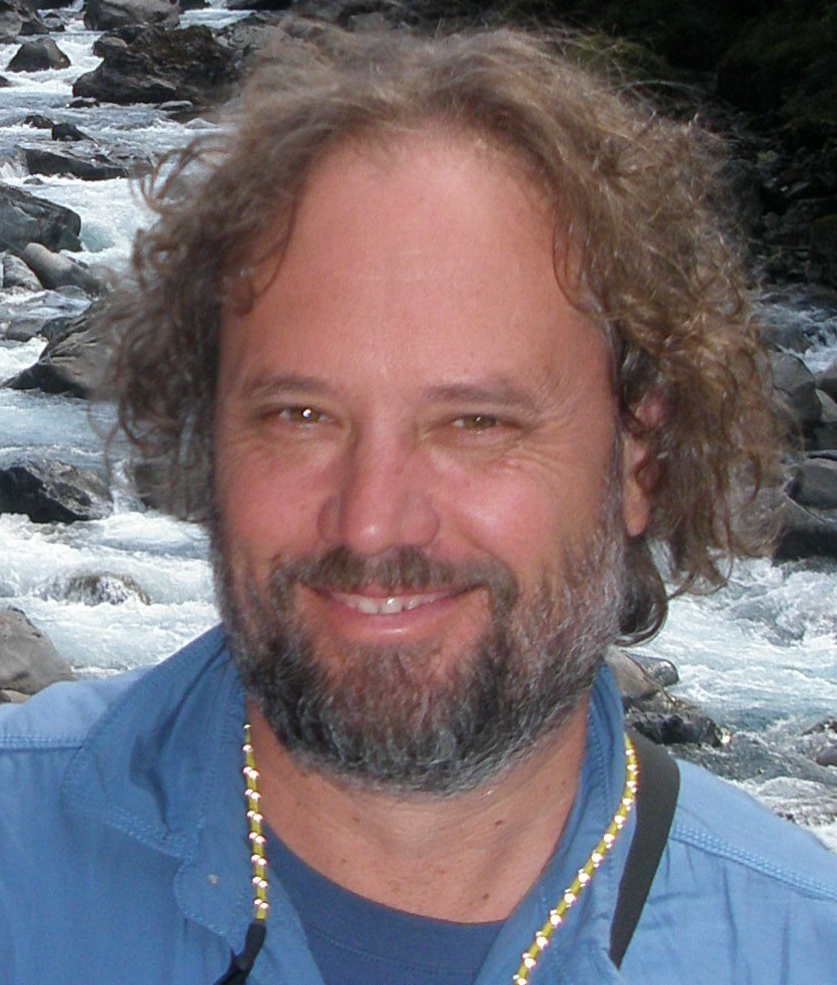Subject Area
Biological Oceanography, Marine Ecology
Physical Oceanography
Activities
In my current position as the IMOS Satellite Tracking Operations Manager I mange our Antarctic field program. Briefly:
Weddell and
elephant seals carrying satellite-linked Conductivity-Temperature-Depth relay
loggers (CTD-SRDLs) provide essential high resolution ocean observations south
of 60° South. These unique observations form the major part of
Australia’s sustained contribution of ocean observations to the Global Ocean Observing
System (GOOS) and Southern Ocean Observing System (SOOS) in the Southern Ocean.
Along with the ARGO observations, the seal derived-observations extend the IMOS
capability into regions of national and international significance by providing
essential data to identify regions of Dense Shelf Water (DSW) formation and
ocean/ice shelf interactions. Together ARGO and Satellite Animal Tracking (SAT)
provide within IMOS the most comprehensive overview of ocean
state across space and time and are highly complementary. These observations are providing essential observations for improving our understanding of the ocean’s role
in climate and for tracking the evolution of climate change on decadal
time-scales. ARGO provides high precision
observations that are used in the quality control for the SAT derived
observations, while the seal derived observations provide greater
spatio-temporal coverage across areas that are essentially impossible to monitor
reliably by conventional means ice e.g.
ships, ARGO and gliders, during the autumn to spring period when the Seasonal
Ice Zone expands to cover an area nearly three times that of Australia. Of
particular interest are the continental slope and shelf regions around
Antarctica, many of which may never be sampled without the seals. Importantly,
the seal derived observations are widely used by the international community
and assimilated into several international models e.g. Mercator and the Southern Ocean State Estimate (SOSE).

